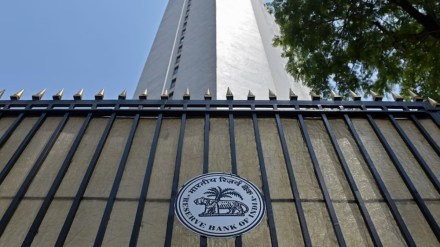A cut in the Reserve Bank of India’s (RBI) policy rate was probably overdue given the momentum loss in the economy. In that context, a 25 basis point cut in the repo rate, to 6.25%, may not move the needle in terms of spurring fresh investments. But it will bring immediate relief to about 40% of borrowers, especially smaller enterprises and individuals. The Monetary Policy Committee’s gradualism is understandable as despite a tapering off of inflation, the environment at this point of time is much too uncertain to allow for a deeper rate cut cycle. The big worry, apart from price rises locally, is the depreciation of the currency which could stoke imported inflation. New Governor Sanjay Malhotra’s observation that the central bank would intervene only to curb “excessive” volatility suggests that the rupee will be left alone to find its mark against the dollar. At the same time, the governor said a bigger concern is the impact of the global uncertainty and the weakening rupee on growth, consumption, and investment decisions. Therefore, it’s hard to see beyond a 50 basis point cut in the next few months. The RBI has forecast a 6.7% gross domestic product growth rate for 2025-26 and only if growth slips significantly below this would rate cuts be speeded up.
The good news is that the RBI now appears willing to be a lot more flexible while targeting inflation. Note that the central bank’s forecast for retail inflation of an average 4.2% in 2025-26, is above the 4% target and that the forecast for the current year is unchanged at 4.8%. Malhotra said in his address that the central bank would use the “flexibility embedded in the inflation targeting framework” while responding to growth-inflation dynamics. So, the RBI appears to be okay with a slight overshoot of the target. This is a marked and welcome change from the limited tolerance seen in the earlier regime.
Critically, the central bank appears committed to ensuring enough liquidity in the system to enable a transmission of rate cuts. The markets appear to be disappointed with the lack of immediate measures to address the liquidity issues which are key to smooth credit flows. But for the moment, the bond markets will have to take comfort from the measures — forex swaps, longer-tenure variable repo rates and open market operations — that have been announced, and be reassured more will follow if needed. They must understand that altering the stance to accommodative from neutral would have been premature in the current volatile environment as it would have left the central bank with little wiggle room to act in the event of any unforeseen disruption.
Liquidity is also important for the growth of deposits without which banks will find it difficult to lend as much as they would want to. In this context, what should also aid credit flows is the deferment of the regulations relating to liquidity coverage which are now expected to be rolled out only in 2026-27. This will save banks a good chunk of their deposits. Indeed, the RBI’s more liberal tone when it comes to regulation, its cognisance of the costs that accompany regulations, and the stress on using resources efficiently is refreshing. Going by the governor’s observations, the proposed regulation on expected credit losses and project finance norms too are some time away. Finally, growth seems to getting the priority it deserves.
